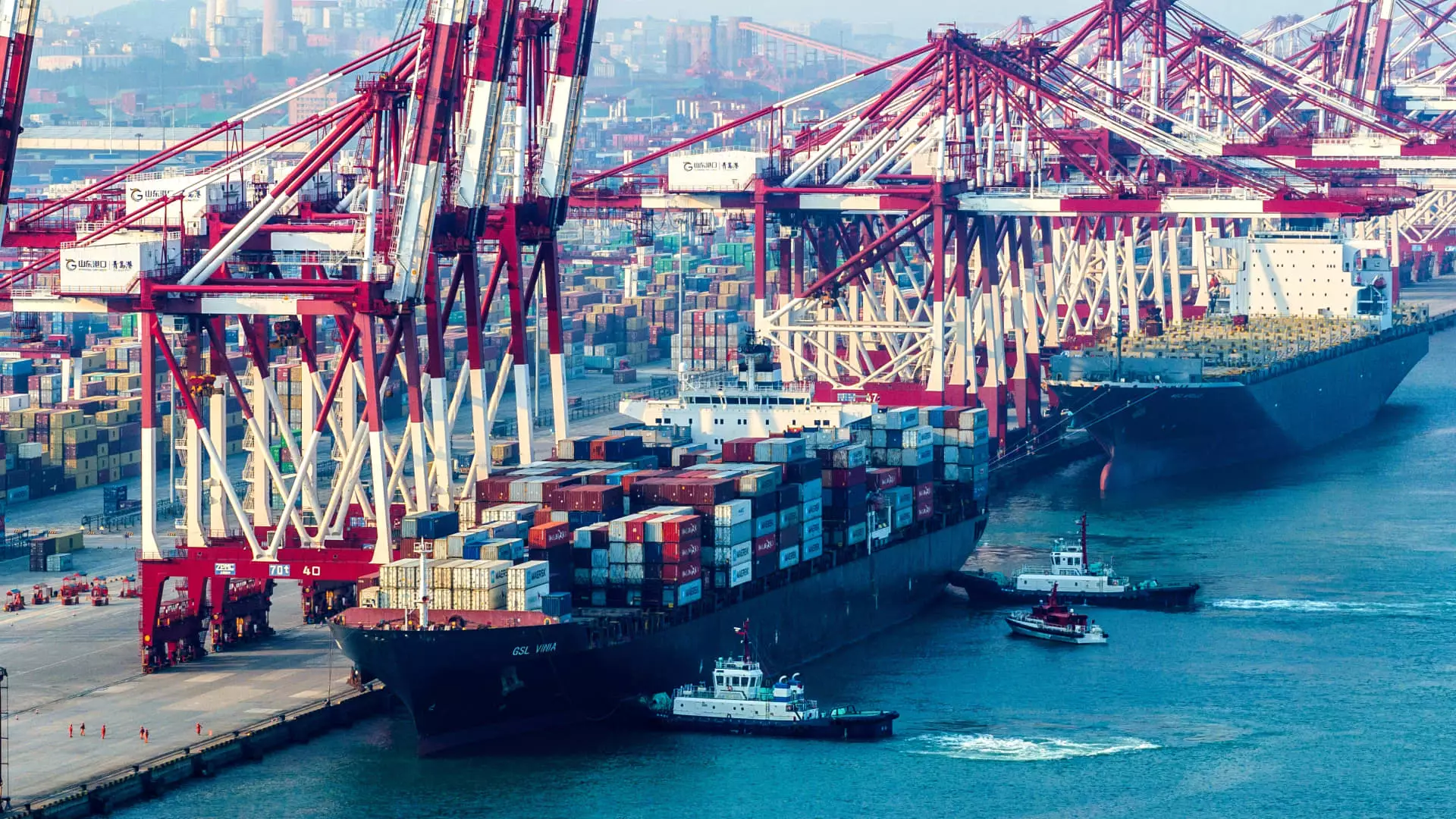In June, China experienced a decline in imports by 2.3% in U.S. dollar terms, missing expectations for slight growth. This contrasted with a forecast of 2.8% growth, highlighting a potential slowdown in the economy. On the other hand, U.S. dollar-denominated exports for June saw a significant increase of 8.6% year on year, surpassing expectations for 8% growth. This positive growth in exports could indicate a potential boost to the Chinese economy.
China’s trade with the Association of Southeast Asian Nations (ASEAN) surged by 7.1% in the first half of the year, solidifying the bloc’s position as China’s largest trading partner by region. This growth in trade could potentially strengthen economic ties between China and ASEAN countries. However, trade with the European Union (EU) saw a decline in the first six months of 2024, with both imports and exports decreasing. This decrease in trade with the EU could have implications for the global market.
Despite a slight decline in trade with the U.S. in dollar terms during the first half of the year, Chinese exports to Brazil experienced rapid growth. Chinese exports to Brazil surged by 24.4% and imports climbed by 8.3% year on year. This significant increase in trade with Brazil could have a positive impact on both economies.
China’s imports of rare earths, meat, cosmetics products, and machine tools saw a sharp decline in the first half of the year. This decline could have repercussions for industries reliant on these imports. However, imports of iron ore and oil grew during the same period, indicating potential stability in those sectors. On the export side, China saw growth in exports of furniture, home appliances, ships, and cars. The increase in exports of these goods could contribute positively to the country’s economy.
Despite positive growth in exports, China’s domestic demand remained lackluster, with consumer prices rising by only 0.2% in June. This lower-than-expected increase in consumer prices could signal challenges in the domestic market. On the other hand, producer prices met expectations, highlighting some stability in the production sector. The National Bureau of Statistics is expected to release second-quarter GDP figures and economic indicators for June, which could provide further insight into the state of the Chinese economy.
China’s imports and exports play a crucial role in the global economy. While the country has seen positive growth in exports to certain regions and industries, challenges remain in the domestic market. The upcoming economic indicators will shed more light on the overall performance of the Chinese economy and its impact on the global economic landscape.


Leave a Reply